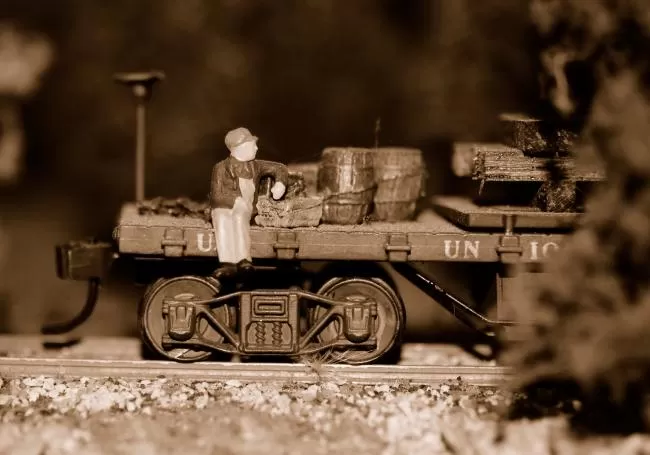
Let’s see…what happened first? Traveling to my sister-in-law’s wedding in Baltimore, our train hit a downed tree, causing the brakes to go. The train came to a stop safely, but could not resume service and had to be towed away by another engine. Hearing the announcement that this process would take several hours, a few passengers and I decided to hop out and share a cab to our final destination, where I had to catch a connecting train. We got into the cab, and 10 minutes into the drive hit a traffic jam on the highway due to what looked to be a serious accident. We passed the accident and reached the train station about 30 minutes later, but I had missed my connection and needed to transfer my ticket to the next train out of the station. I boarded the new train, and we ended up sitting for an hour, waiting (ironically!) for the passengers on my original train, as Amtrak had arranged a bus (for free) to transport passengers from the accident site to this station. The train FINALLY pulled away, destined to make it only to the next major station, where we had to sit for an additional hour for engine repairs. The final delay came at the next major city, where we had to “re-hang” some cables that had “fallen off” the engine. (And doesn’t that language just inspire confidence?) Anyway…I made it to Baltimore safely, and in plenty of time to help my sister-in-law with cooking and a few last-minute wedding details. Undoubtedly, there have been times in your life when you made a plan that did not work out quite as you had imagined—maybe even around travel. Still, having a plan—whether or not you follow it to the letter—may reduce stress about how to get where you’re going.
Drafting a plan for your research may make lots of sense. In fact, you may have already gone through this exercise with your advisor. What about planning for your career? Have you ever considered mapping out a career plan? The career planning process is similar to developing a research plan. To start, you might consider the rubric developed by the Federation of American Societies for Experimental Biology (FASEB). FASEB calls on trainees and their faculty mentors to work jointly to draft an Individual Development Plan or IDP. According to FASEB, an IDP is meant to assist the trainee with all aspects of professional development as a scientist, including a research agenda and a career plan. The steps outlined by FASEB in drafting an IDP include the following:
- Conduct a self-assessment.
- Survey opportunities.
- Write an IDP, share with mentor and revise.
- Implement the plan, revise as needed.
With your faculty mentor or on your own, begin to draft your own IDP. To conduct a self-assessment, spend some time thinking about what aspects of science you enjoy most. What grabs you? What motivates you? What skills do you enjoy using? To learn more about yourself, your values, and your interests as they relate to potential careers, schedule an appointment with a career counselor at OITE.
For the second step (survey opportunities), explore careers of interest to find a match for your personality, values, and interests. Read through articles on Science Careers to learn more about options for Ph.D.-level scientists. Through your research, find out what you need to be competitive in particular fields.
Finally, identify any gaps that exist between your current skills/training and your career of interest, and develop a strategy for acquiring the skills you need - in other words, draft a plan. Be sure that your plan includes a long-term goal, short-term goals related to your long-term goal, and deadlines. Discuss your ideas with your faculty advisor, mentors, family, and friends. Sharing your plan with other people will keep you accountable and (hopefully) moving forward. And if you find in the implementation of your plan that your career(s) of interest no longer grabs you, you will still have grown through the process. Revamp your plan, recognizing that this process of tweaking and adjusting will continue throughout your professional life.
Good luck drafting your plan—and here’s to the journey!




